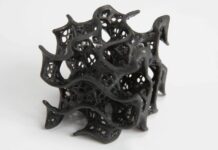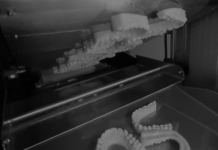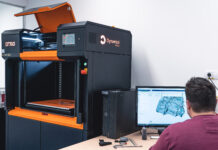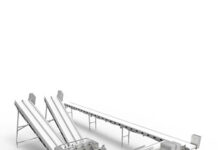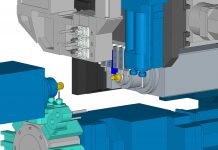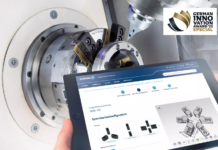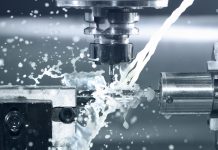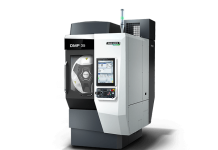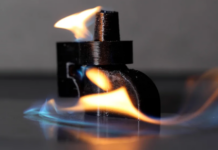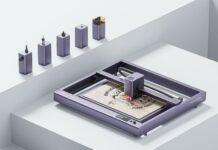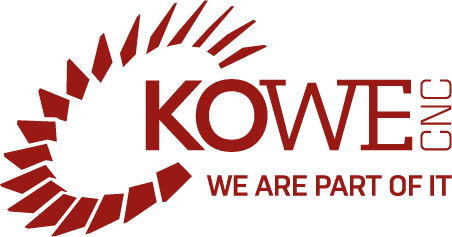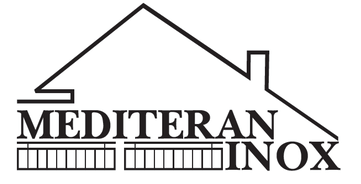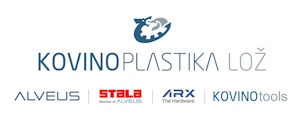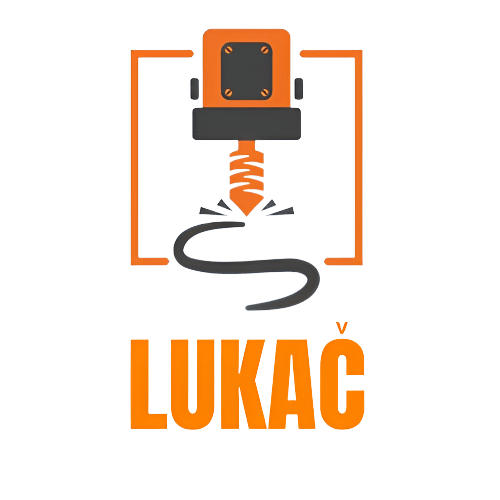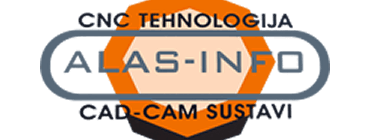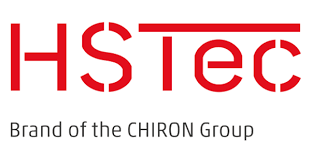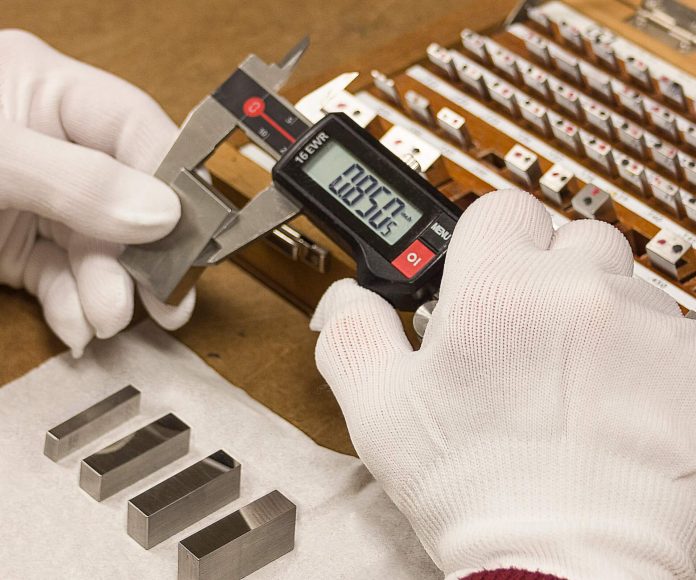
If you’re interested in calibrating your own digital, dial or Vernier calipers, here are some steps to take to make sure it goes off without a hitch.
Digital calipers are one of the most common hand tools used on the shop floor. In a manufacturing plant, under a quality control system, these tools need to be checked and calibrated on a regular basis. I have discussed in past articles the pros and cons of doing gage calibrations internally or by an external calibration facility. Both have their costs, advantages and disadvantages. However, calipers are measuring instruments with fairly loose performance tolerances that may be candidates for in-house calibration if you have the right tools in place.
The following information covers digital calipers but can also be used for dial or even Vernier calipers, if those are still in use. Since most calipers have more than OD jaws, make sure to check the tool’s ID jaws and depth-measuring rod, should it have one. Running though a calibration process for a caliper involves comparing its readings to numerous standards over its measuring range. While the most common range is 6 inches (150 mm), any length caliper can be checked with the right standards.
Preparing for Caliper Calibration
Since a caliper is a length-measuring device, gage blocks are the go-to standard, but there are special kits available that provide different versions of length standards for checking the caliper. When checking any measuring device, make sure to check the full range of the instrument, say 25, 50, 75 and 100% of the measuring range. For versions of the tool that have a short-range indicator (such as a dial caliper), be sure to make some short-range checks that cover the range of the indicator face.
The tools needed to perform a caliper calibration include:
- Gage blocks with accessories or other length standards specifically designed for calipers. Of course, these need a current calibration certification as well.
- A ring gage to check the condition of the ID jaws or a set of rings to check the performance of the ID jaws over the measuring range.
- A gage pin to check the inside diameter jaws for parallelism.
- The accessories of a universal length measuring machine, if you have the luxury of such a machine.
Next, it comes down to determining a procedure, thinking about sources of errors to establish an uncertainty budget and finding ways to reduce these errors to obtain a budget that meets the calibration requirements.
After making a list of the tools required to begin, there are a number of processes that might go into a calibration procedure, including:
- Cleaning the jaws (ID and OD), rack and depth rod of the caliper.
- Cleaning the gage blocks, master ring and pin gage.
- Zeroing and re-zeroing the caliper to set zero and check repeat.
- Checking parallelism of the OD jaws with the pin gage.
- Checking and recording the calibration reading of the caliper against the gage blocks.
- Checking and recording the calibration reading of the caliper against the master rings.
- Checking and recording the calibration reading of the depth rod against a gage block on a surface plate.
- Comparing all readings against the tolerances set for the caliper.
The resulting information can be stored in a document to verify policy requirements such as the performance of the caliper, its features, who performed the check, the conditions under which the checks were made, the traceability of the standards and the uncertainty budget established.
Dealing with Calibration Errors
When establishing the uncertainty budget, some of the typical errors may include the uncertainty of the standards, human errors such as inconsistent measuring force, environmental conditions, dirt, temperature, vibration and influences from the caliper itself, such as wear.
To minimize these sources of errors, make sure to do the following during the setup phase:
- Inspect the caliper to ensure it is clean and has no nicks, burrs or foreign material.
- Ensure the tool is not bent or bowed.
- Wear gloves to reduce heat and dirt contamination.
- Take readings at various places on the jaw at each calibration point, looking for variations.
- Recheck zero often.
- Orient the gage blocks consistently.
- Ensure that a locking mechanism is loose and the tool moves freely.
A lot of this process is similar to the calibration process for micrometers, depth gages and other mechanical gage tools. Knowing the process, your capabilities and being able to quantify them is what is most important. If you can do this, then you may be able to start small with doing some basic calibrations on your own.


